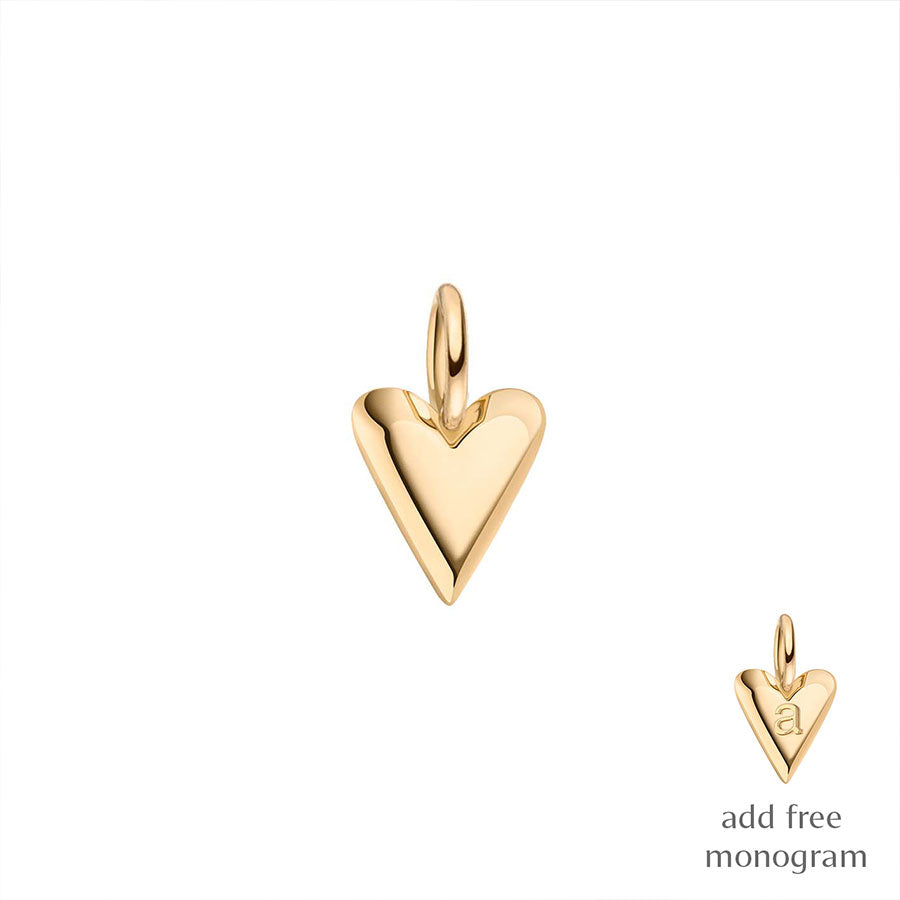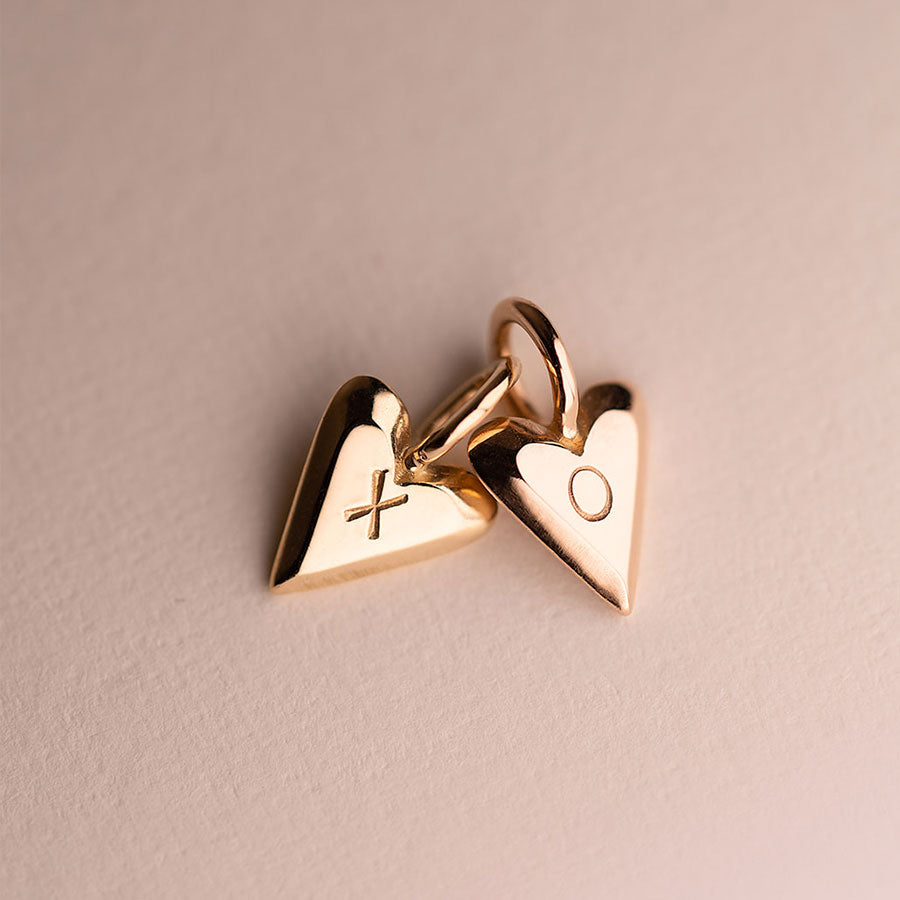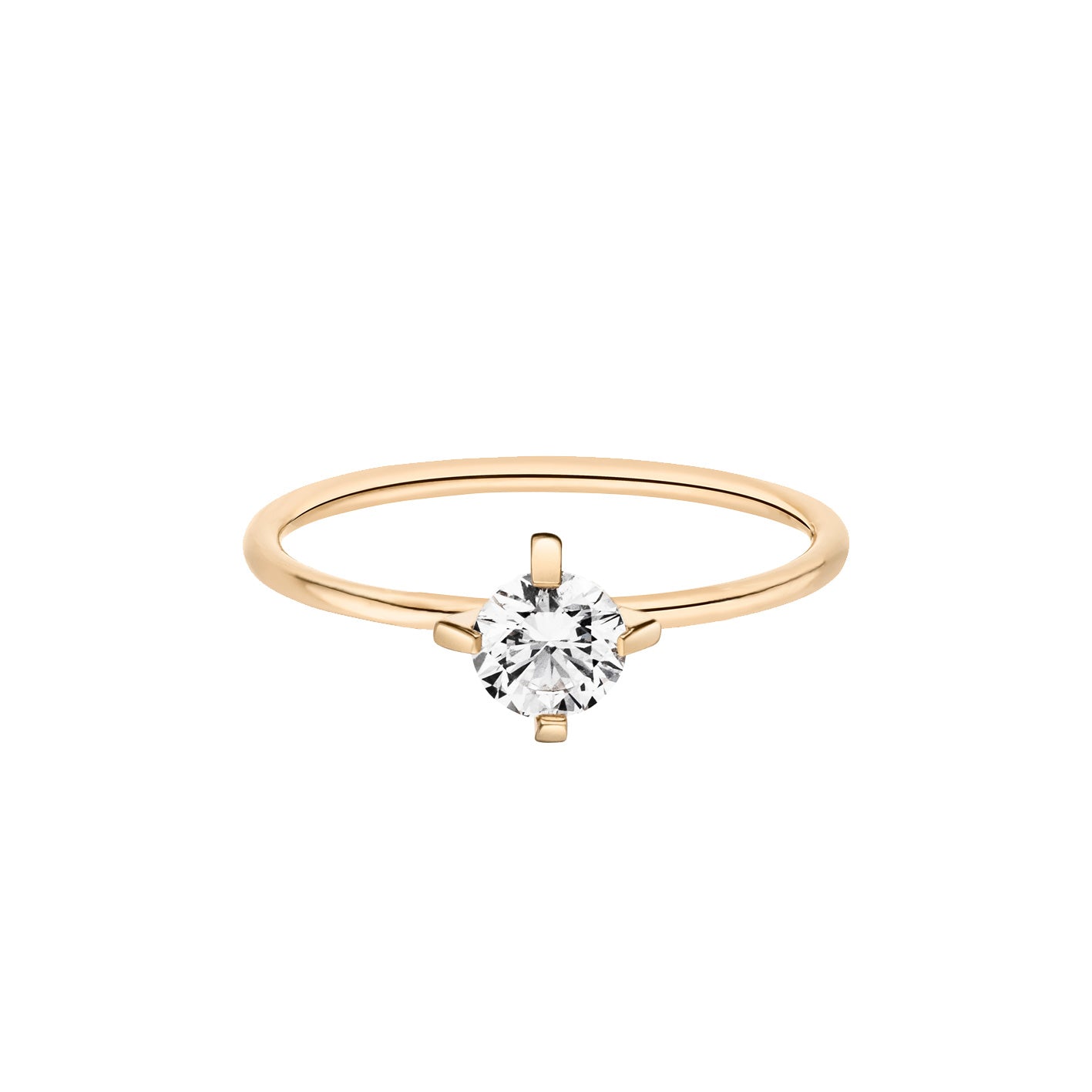Diamonds are older than human history, formed deep beneath the earth's surface under tremendous pressure and incredible heat. And as soon as people discovered them, they were mesmerized by their mesmerizing beauty. As if magic emanated from them, in ancient Greece they were considered the tears of the gods, sparkling witnesses to infinity. But as beautiful and enchanting as precious stones are, their origin is in many cases uncertain.
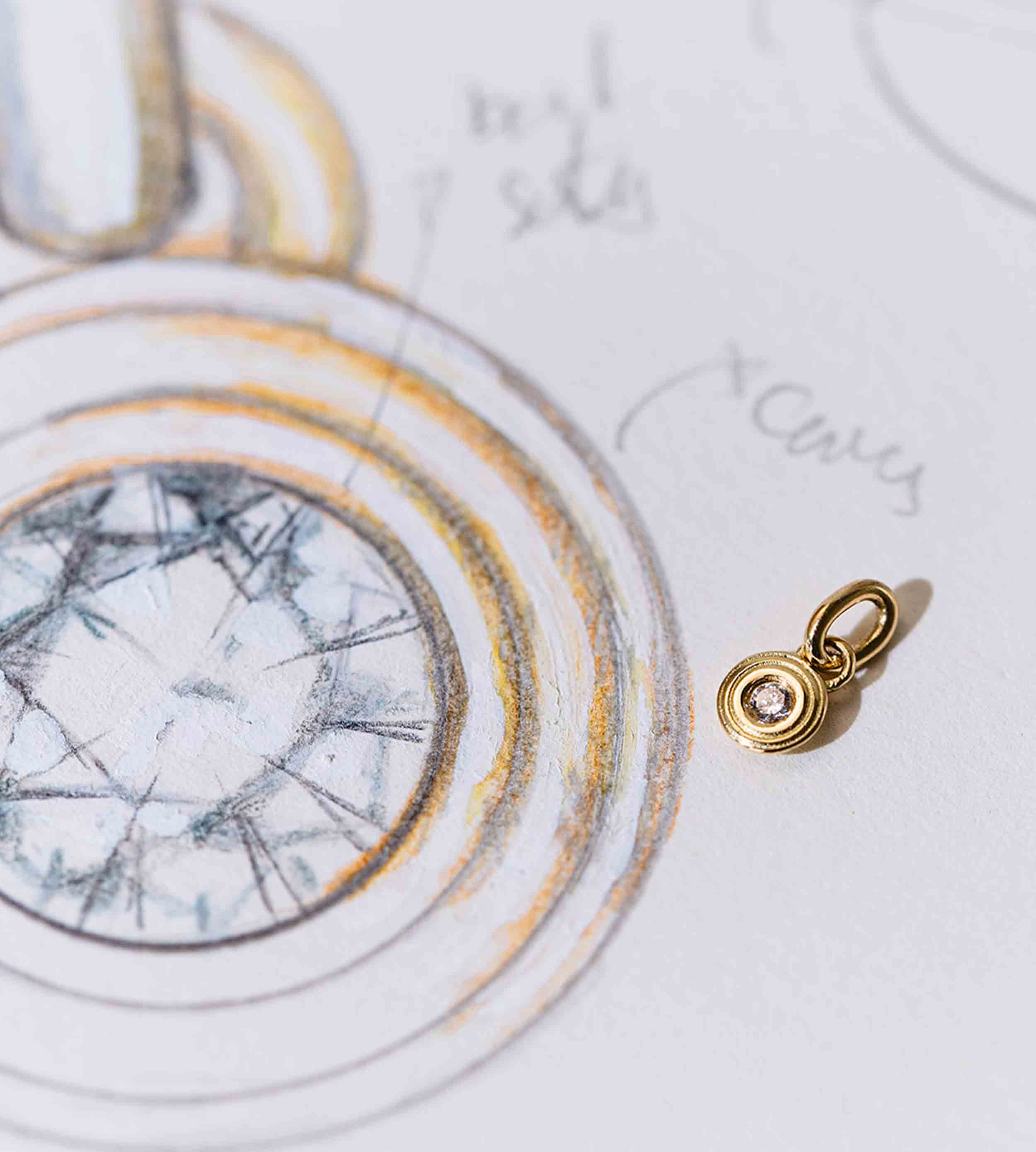
How are diamonds grown in the lab?
Gems for eternity
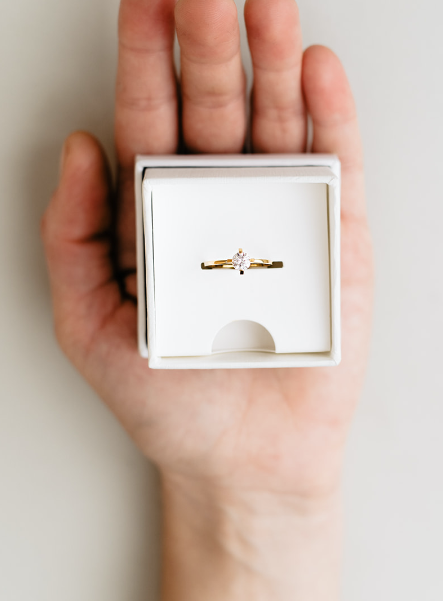
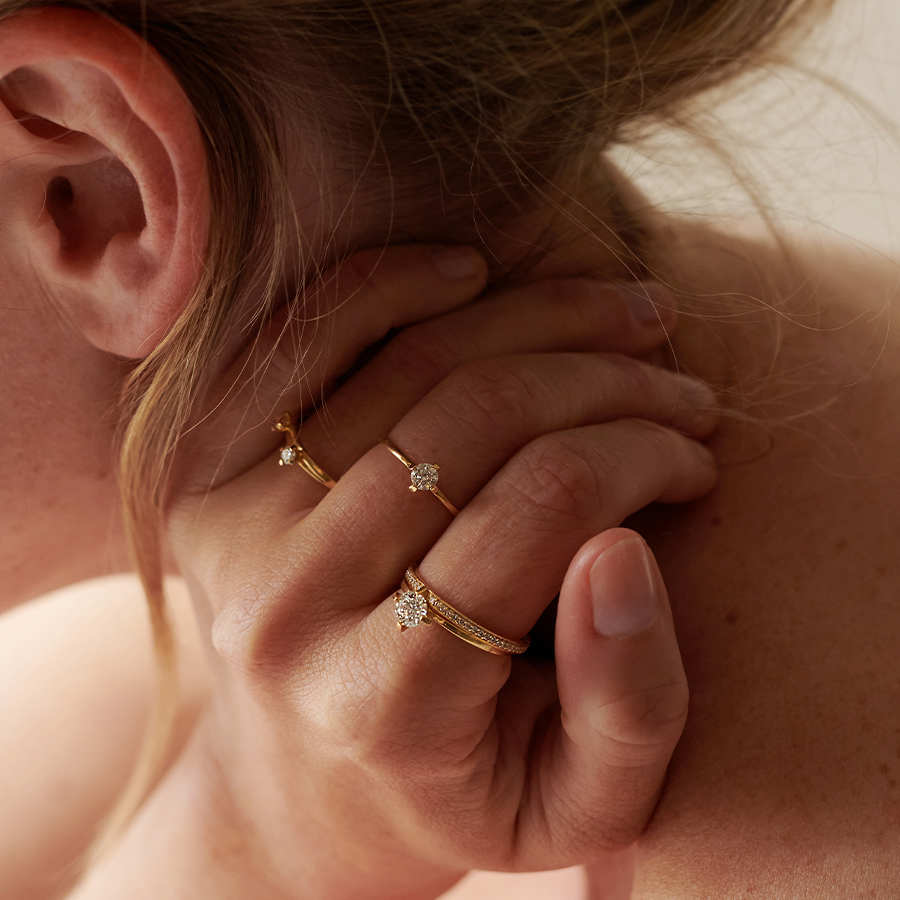
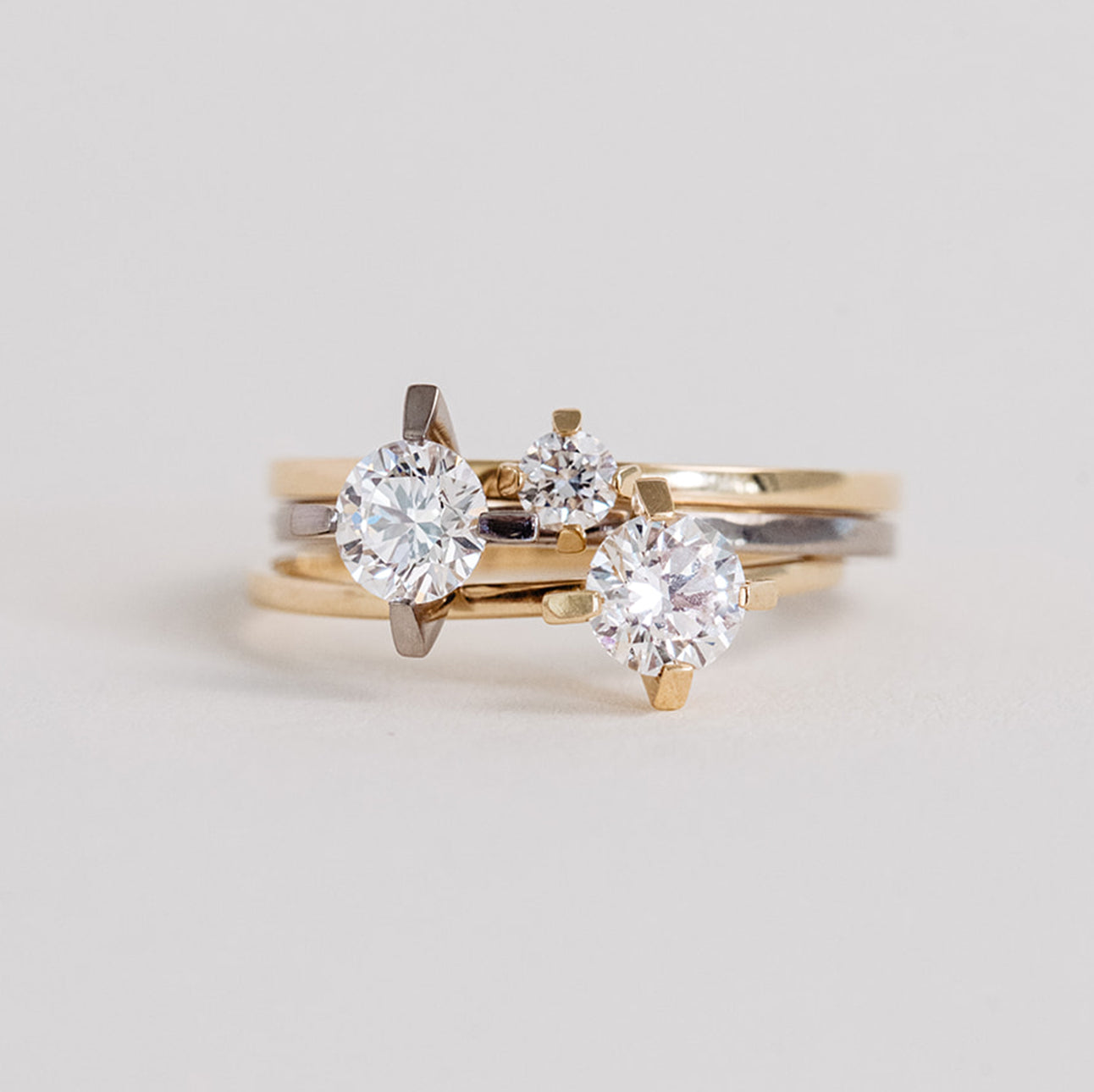

The manufacturing process of our synthetic diamonds
Natural diamonds are born in a fiery heat. The same applies to the stones grown in the laboratory based on their model and also to diamonds, which are produced using the so-called CVD process. This stands for Chemical Vapor Disposition. To do this, a plasma of unprecedented energy density must be created. In a lab south of San Francisco, our partners Diamond Foundry are building novel plasma reactors with hundreds of individual precision-engineered parts. Our partner Fenix Diamonds also works with the CVD process..
Diamonds are created in a plasma that is as hot as a small sun on Earth. In this heat, atoms can attach to the natural diamond crystal lattice of the diamond, which serves as the basis for the laboratory-grown diamonds in this process, and enlarge it. One by one, the atoms stack on a thin diamond foundation, expanding the seed diamond's unique crystal structure. Atom by atom, it grows into a pure, decorative rough diamond the size of a gemstone.
Each of Fenix's laboratory-made diamonds can also be certified traceable to its origin, this is a real rarity in the field of real and laboratory-grown diamonds and therefore a step towards a sustainable future that we want to support. Fenix is CO2 neutral and, confirmed by multiple certifications, offers safe and good working conditions in its solar-powered production in India.
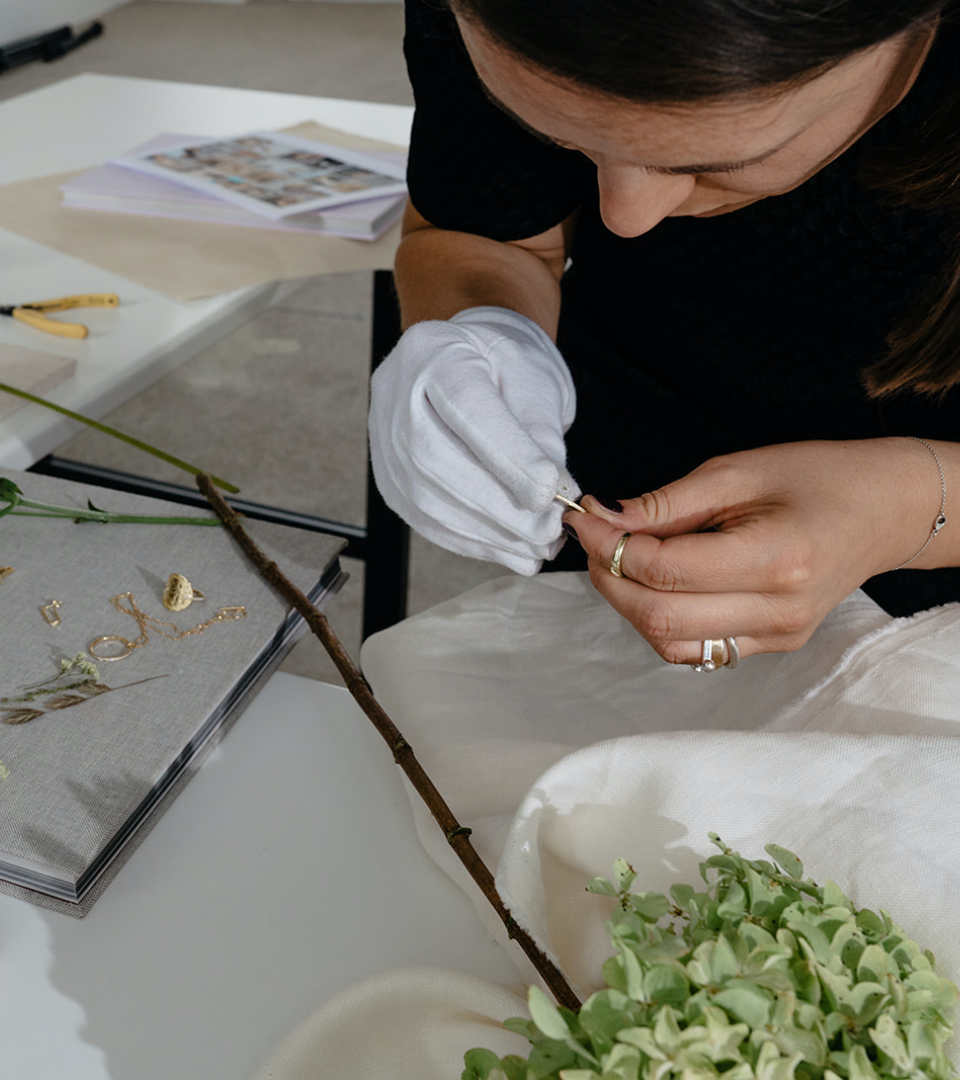

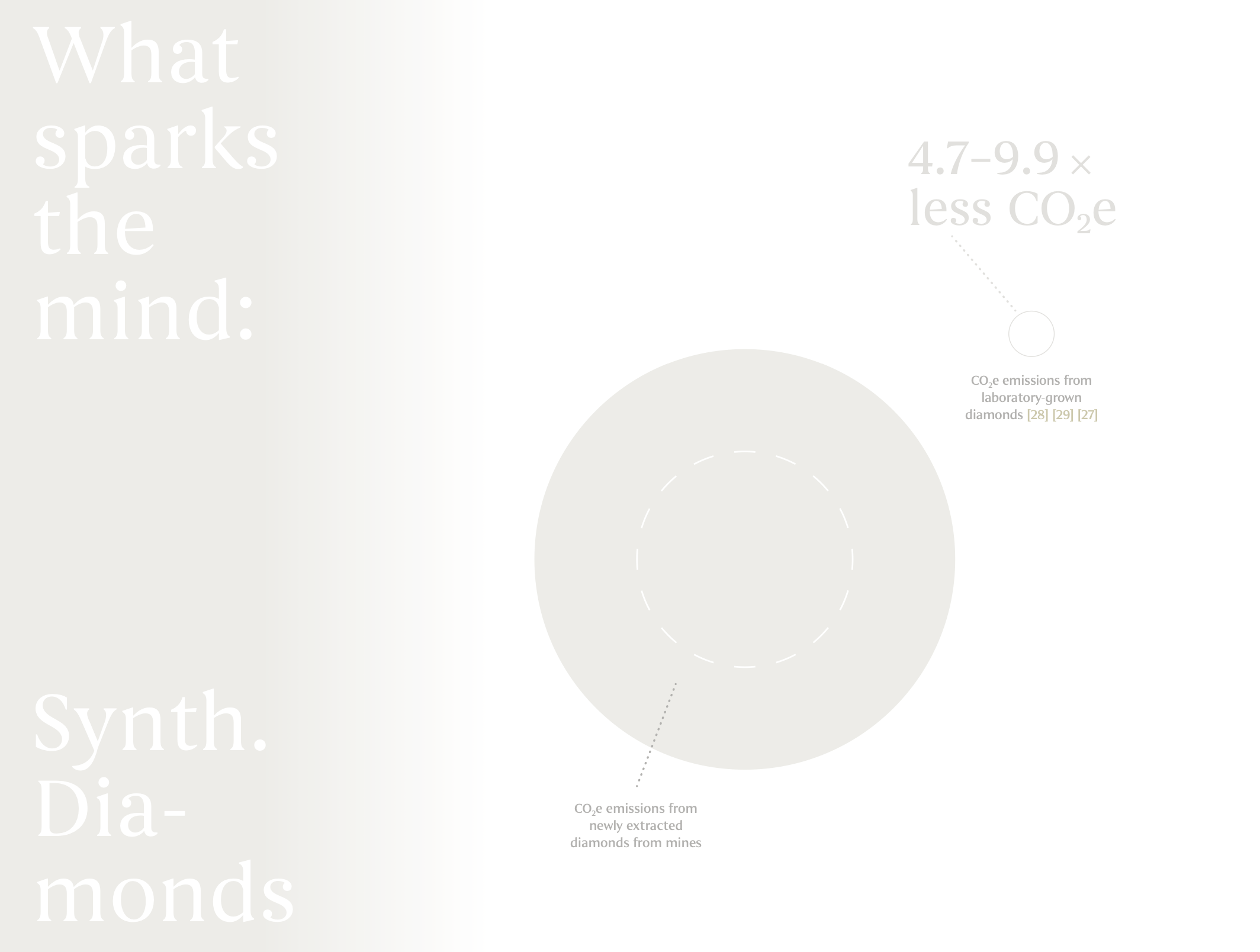
High pressure, high temperature
Our partners Swiss Diamond Vision work with the HPHT process to produce laboratory-grown synthetic eco diamonds. HTHP stands for High Temperature, High Pressure. In this process, which is based on the natural formation process of diamonds, graphite-2H is placed in growth cells, which are loaded in so-called cubic presses from three sides with a pressure of up to 70,000 bar. Graphite-2H is a natural manifestation of the chemical element carbon, which has a hexagonal crystal structure resembling a honeycomb. The interior of the growth cell is first equipped with catalysts and seed diamonds and heated to around 1600-1700 degrees Celsius. Under these conditions, the graphite changes in a physical-chemical process and the black powder grows into a transparent diamond. Diamond is the thermodynamically more stable form of carbon.
The growth time for an approx. 1.5 carat diamond raw stone in white, blue or yellow color is about 50 hours. With additional treatment, pink, green and red diamonds can also be produced. The rough diamonds grown in this way by Swiss Diamond Vision are then cut into the beautiful gemstones that we use in our jewelry. Both the diamonds that are produced using the CVD process and those that are produced using the HTHP process are in no way inferior to natural diamonds: they are identical in appearance, hardness and chemical composition to their natural counterparts.
In this way, diamonds of breathtaking uniqueness can be created without polluting the environment or endangering people in crisis areas..
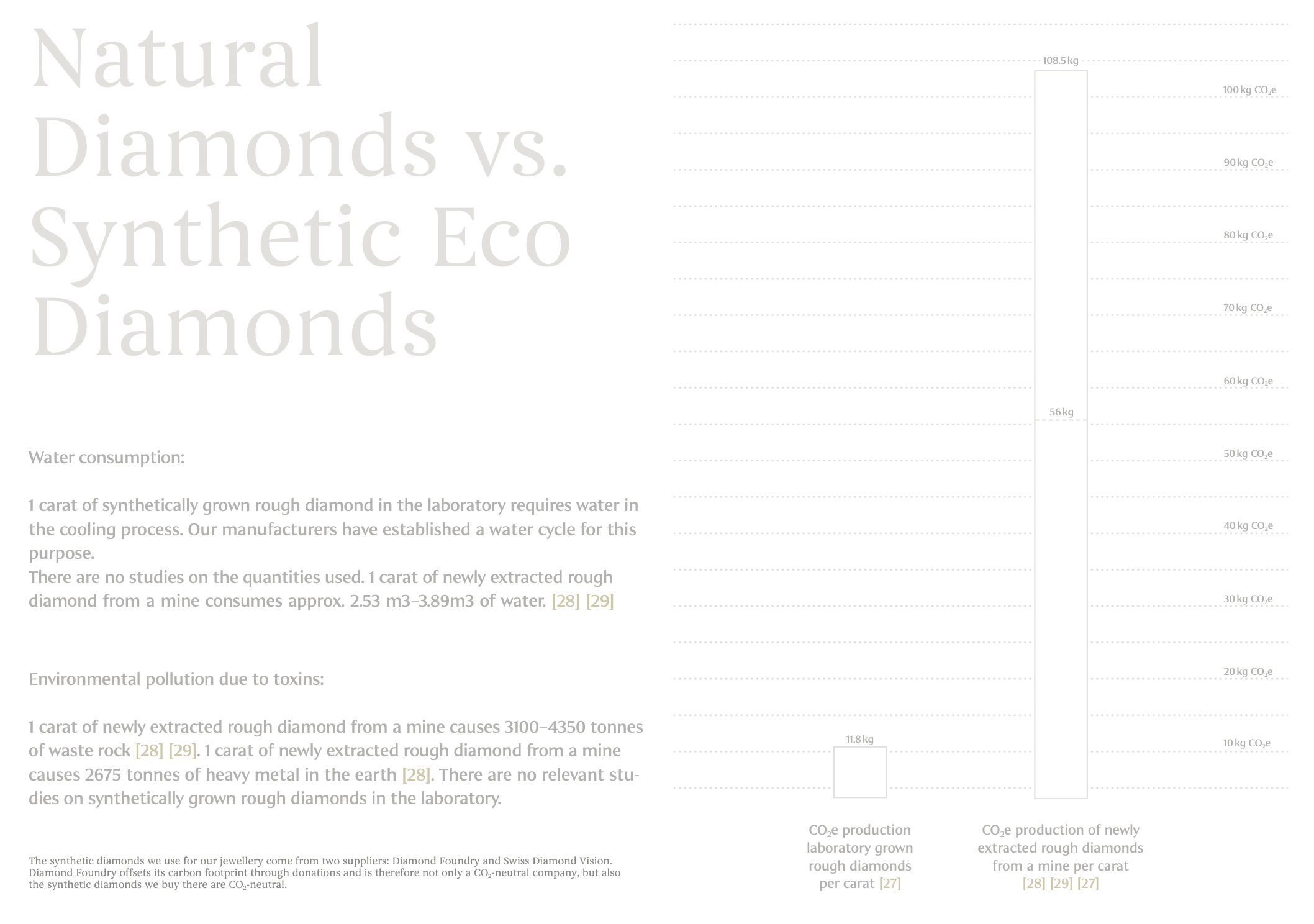
Why we use lab grown diamonds
We at Maren Jewelery have decided to do this for ours trinket instead of using natural, synthetic eco diamonds from Diamond Foundry, Fenix Diamonds and Swiss Diamond Vision.
Not only are they just as pure and... unique like natural diamonds, but their origin is 100% assured: Our diamonds come either from Switzerland, India or America. Our gemstones are 100% from conflict-free origin. Synthetic diamonds are also resource-saving. If 1ct diamond is mined in the traditional way, up to 200 tons of earth have to be moved. Moving these masses requires an incredible amount of energy. Our diamonds are therefore much more environmentally friendly than natural diamonds. The high energy required for the breeding process alone is problematic, but this is also taken into account at Diamond Foundry and Fenix Diamonds, which, like Maren Jewellery, are CO2 neutral companies..
Jewelry that fits our values
With our decision for synthetic diamonds, we can ensure that we design jewelry that aligns with our values: sustainable, mindful, and responsible. And the best part: Our sustainable jewelry pieces not only look good on you but also on our planet!
Our synthetic Eco Diamonds – As pure as a diamond can be.
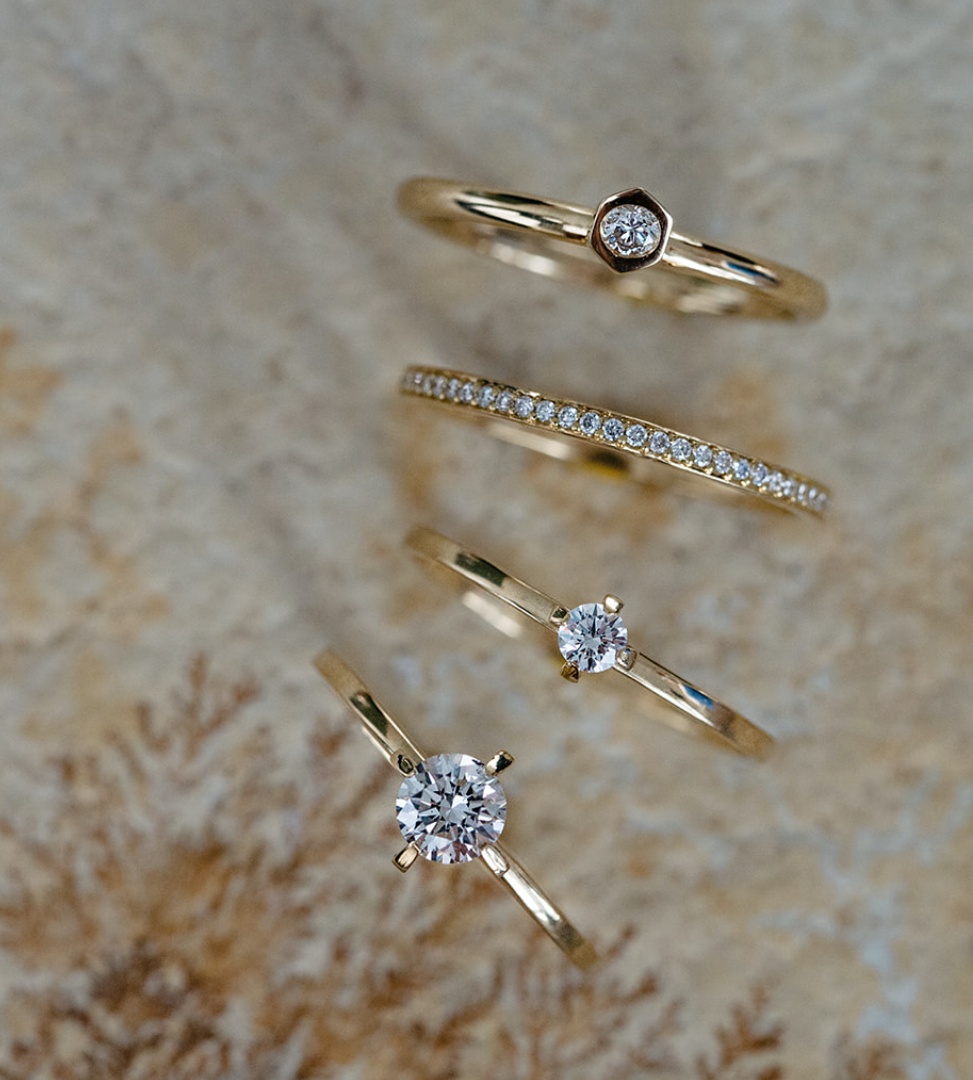
As pure as a diamond can be.

Written By Moritz Hackl
